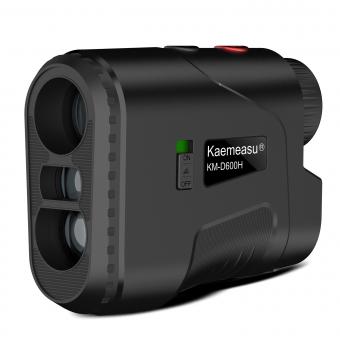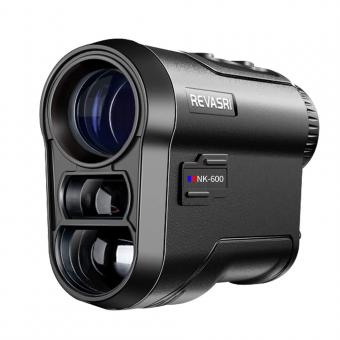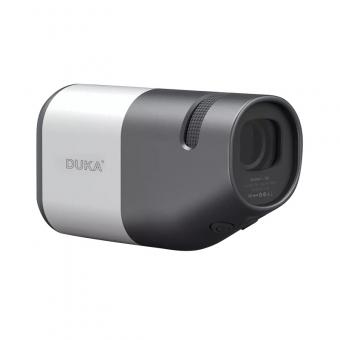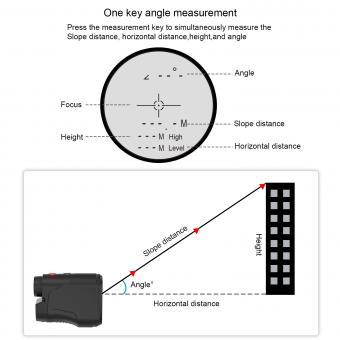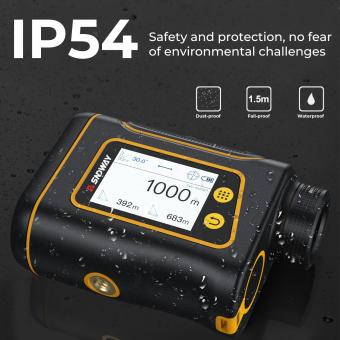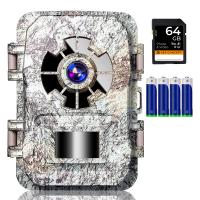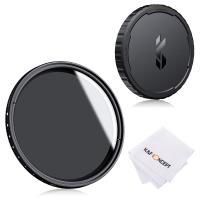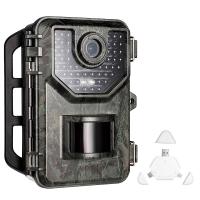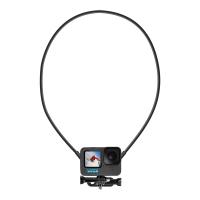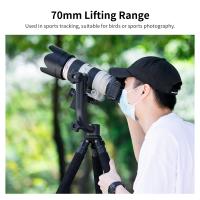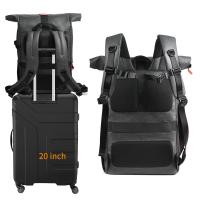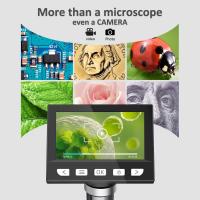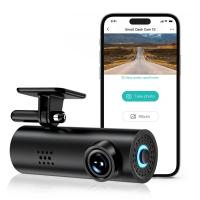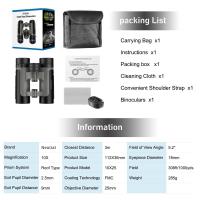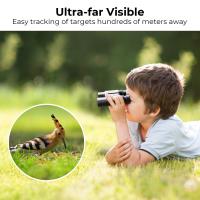How To Use Optical Rangefinder ?
An optical rangefinder is a device used to measure the distance between the observer and a target. To use an optical rangefinder, follow these steps:
1. Identify the target: Look through the rangefinder and locate the target you want to measure the distance to.
2. Focus the rangefinder: Adjust the focus of the rangefinder until the target appears clear and sharp.
3. Align the rangefinder: Align the rangefinder with the target by pointing it directly at the target.
4. Measure the distance: Look through the rangefinder and read the distance measurement displayed on the device.
5. Repeat if necessary: If you want to measure the distance to another target, repeat the above steps.
It is important to note that different types of optical rangefinders may have slightly different operating procedures. Always refer to the manufacturer's instructions for specific guidance on how to use your particular device.
1、 Understanding the basics of optical rangefinders
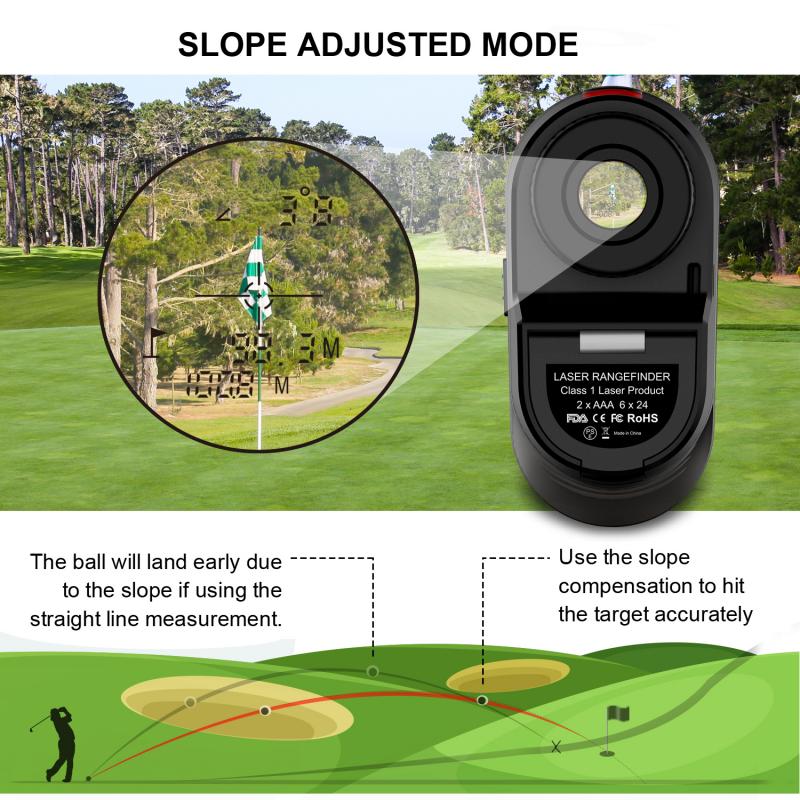
How to use optical rangefinder:
1. First, adjust the eyepiece to your eyesight by rotating it until the reticle appears sharp and clear.
2. Next, aim the rangefinder at the target and press the button to activate the laser. The rangefinder will emit a laser beam that will bounce off the target and return to the rangefinder.
3. The rangefinder will then calculate the distance to the target based on the time it took for the laser beam to travel to the target and back.
4. The distance will be displayed on the rangefinder's screen, allowing you to adjust your aim accordingly.
Understanding the basics of optical rangefinders:
Optical rangefinders are devices that use lasers to measure the distance to a target. They are commonly used in hunting, golfing, and other outdoor activities where accurate distance measurements are important.
The latest advancements in optical rangefinders include improved accuracy, faster response times, and more advanced features such as slope compensation and Bluetooth connectivity.
Slope compensation allows the rangefinder to adjust for the angle of the terrain, providing more accurate distance measurements. Bluetooth connectivity allows the rangefinder to connect to a smartphone or other device, allowing for easier data sharing and analysis.
Overall, optical rangefinders are a valuable tool for anyone who needs to accurately measure distances in outdoor activities. With the latest advancements in technology, they are becoming even more accurate and versatile.
2、 Choosing the right type of rangefinder for your needs
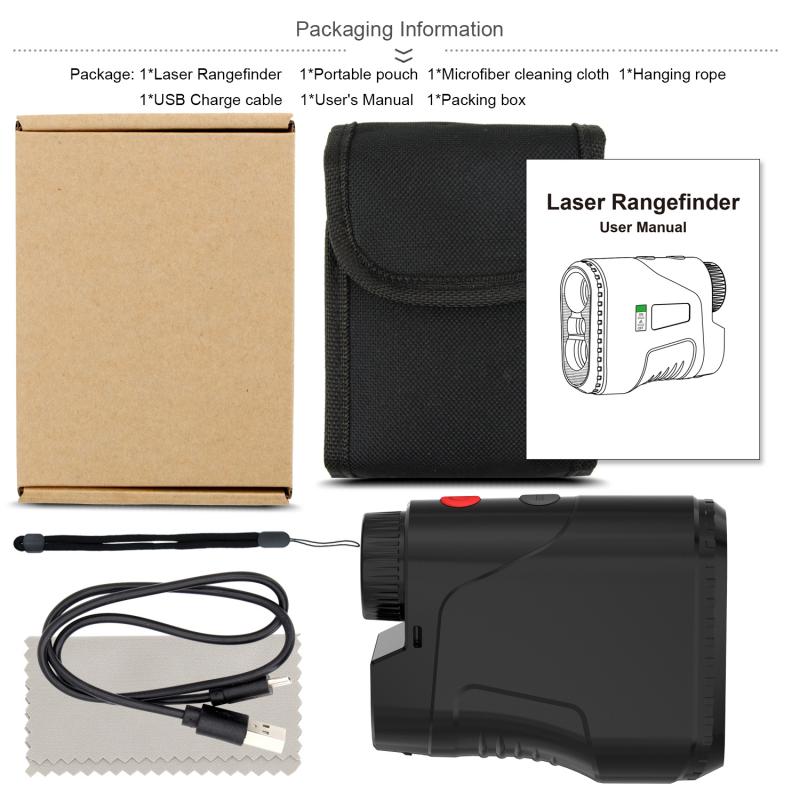
How to use optical rangefinder:
1. First, adjust the eyepiece to your eyesight by turning it until the reticle appears sharp and clear.
2. Next, aim the rangefinder at your target and press the button to activate the laser. The rangefinder will emit a laser beam that will bounce off the target and return to the rangefinder.
3. The rangefinder will then calculate the distance to the target based on the time it took for the laser beam to return.
4. The distance will be displayed on the rangefinder's screen, allowing you to adjust your aim accordingly.
Choosing the right type of rangefinder for your needs:
When choosing a rangefinder, it's important to consider your specific needs. There are several types of rangefinders available, including laser rangefinders, GPS rangefinders, and optical rangefinders.
Optical rangefinders are ideal for hunters and golfers who need to accurately measure distances to their targets. They are lightweight and easy to use, making them a popular choice for outdoor enthusiasts.
Laser rangefinders are more versatile and can be used for a variety of applications, including hunting, golfing, and surveying. They are more accurate than optical rangefinders and can measure longer distances.
GPS rangefinders are ideal for golfers who want to know the distance to the green and hazards on the course. They use satellite technology to provide accurate distance measurements.
In recent years, there has been a trend towards rangefinders that combine multiple technologies, such as laser and GPS, to provide even more accurate distance measurements. These hybrid rangefinders are becoming increasingly popular among outdoor enthusiasts.
3、 Properly calibrating and adjusting the rangefinder
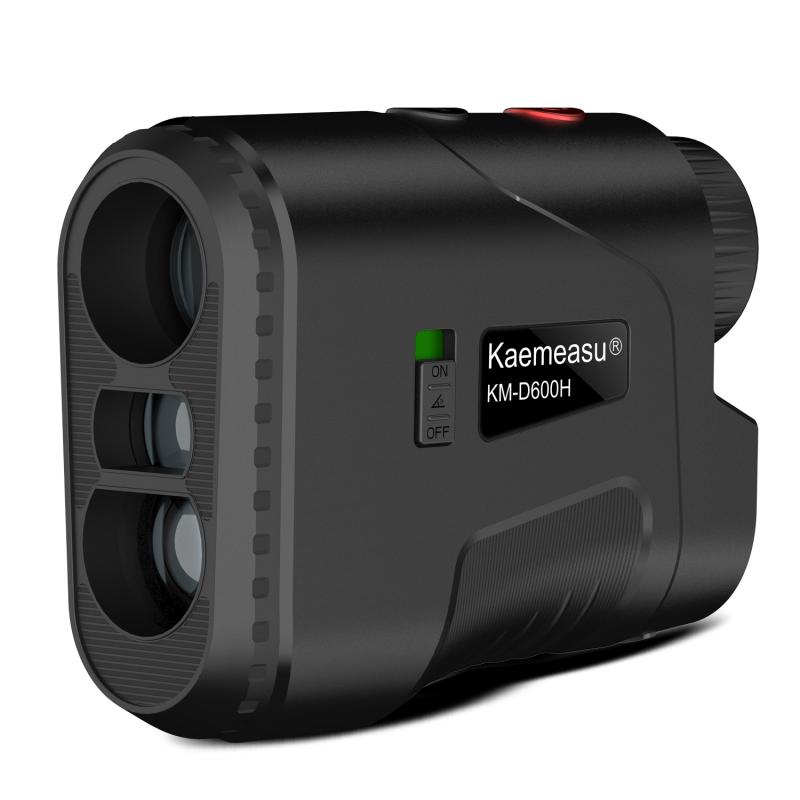
Properly calibrating and adjusting an optical rangefinder is crucial to ensure accurate distance measurements. Here are the steps to follow:
1. Set up a target: Choose a target with a known distance, such as a flag on a golf course or a building with a known height.
2. Align the rangefinder: Hold the rangefinder steady and align the crosshairs with the target.
3. Take a reading: Press the button to take a reading and note the distance displayed.
4. Compare the reading: Compare the reading to the known distance of the target. If the reading is accurate, no further adjustment is needed. If the reading is off, proceed to step 5.
5. Adjust the rangefinder: Most rangefinders have an adjustment knob or screw that can be used to calibrate the device. Follow the manufacturer's instructions to make the necessary adjustments.
6. Repeat the process: Take multiple readings and adjust as needed until the rangefinder consistently provides accurate distance measurements.
It is important to note that some rangefinders may require periodic recalibration, especially if they are dropped or exposed to extreme temperatures. Additionally, some models may have additional features such as slope compensation or target priority modes that can affect the accuracy of the readings. Always refer to the manufacturer's instructions for proper use and calibration of your specific rangefinder model.
4、 Techniques for accurately measuring distance with a rangefinder
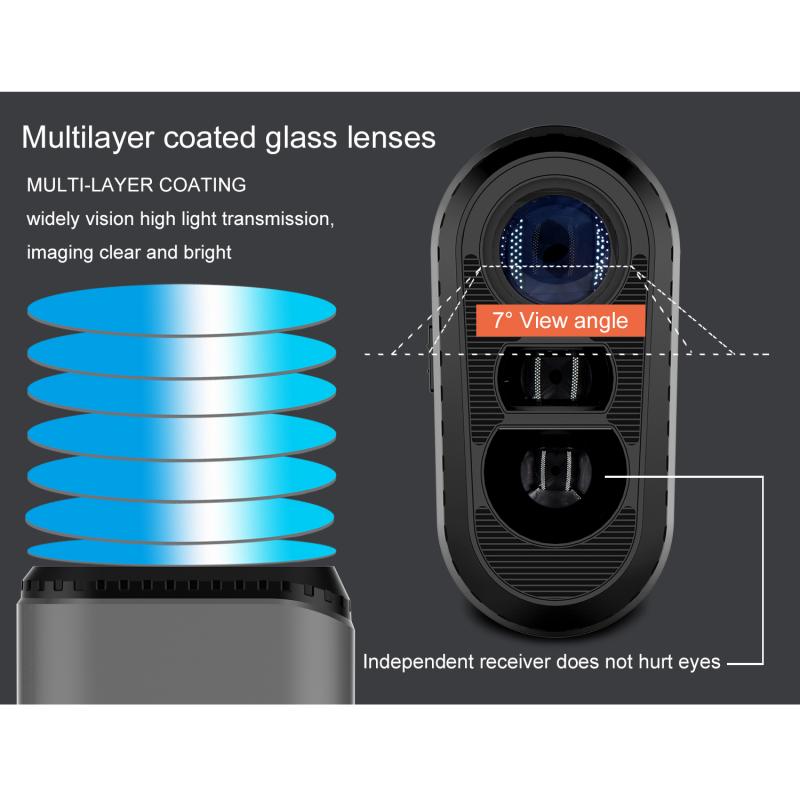
How to use optical rangefinder:
1. First, adjust the eyepiece to your eyesight by rotating it until the reticle appears sharp and clear.
2. Next, aim the rangefinder at the target and press the button to activate the laser. The rangefinder will emit a laser beam that will bounce off the target and return to the rangefinder.
3. The rangefinder will then calculate the distance to the target based on the time it took for the laser beam to travel to the target and back.
4. The distance will be displayed on the rangefinder's screen, allowing you to accurately measure the distance to the target.
Techniques for accurately measuring distance with a rangefinder:
1. Use a stable platform: To get accurate readings, it's important to use a stable platform to hold the rangefinder steady. This can be a tripod or a stable surface like a table or a rock.
2. Aim for a reflective surface: The rangefinder works by bouncing a laser beam off the target and measuring the time it takes for the beam to return. For best results, aim for a reflective surface like a metal plate or a sign.
3. Take multiple readings: To ensure accuracy, take multiple readings and average them out. This will help to eliminate any errors caused by wind or other factors.
4. Practice: Like any skill, using a rangefinder takes practice. Spend time practicing with different targets and in different conditions to become more proficient.
The latest point of view on using rangefinders is that they are becoming increasingly popular among hunters, golfers, and other outdoor enthusiasts. With advances in technology, rangefinders are becoming more accurate and easier to use, making them a valuable tool for anyone who needs to measure distance with precision. However, it's important to remember that rangefinders are not a substitute for good judgment and common sense. Always use caution and follow safety guidelines when using a rangefinder.



